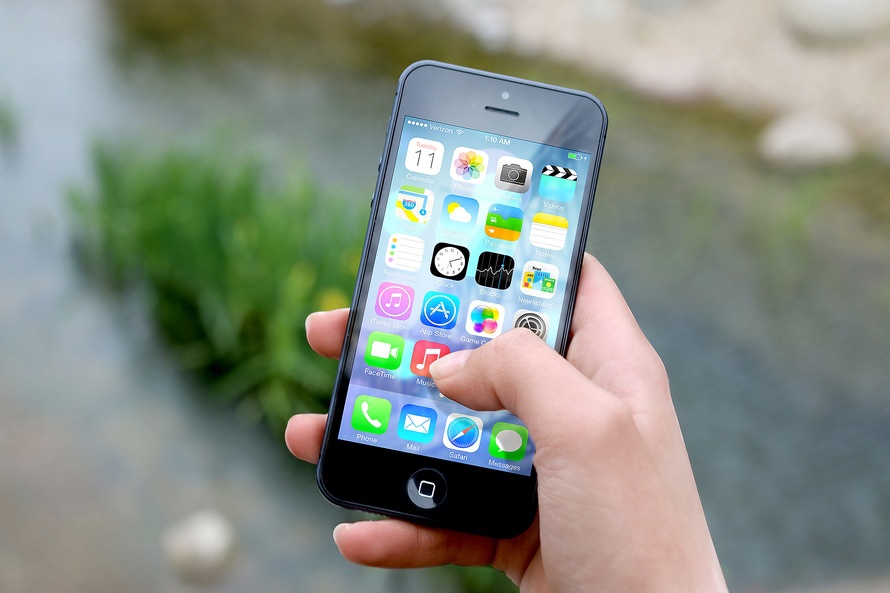Business cards that symbolize fabulous connections and conversations can easily transform into annoying reminders of lost opportunities. So how can you turn business cards into cash?
First, the most common mistake is failing to collect cards. Many people give out their cards but fail to collect from others. Politely insist on getting the potential contact’s information so that you can follow up with him or her.
If he or she doesn’t have a business card (which is a rising trend), write down an email address so you can follow up afterward. You want the ball in your court so you have the capability to follow up. Don’t place the responsibility on the other person.
The second common mistake is failing to follow up at all. Intending to follow up won’t put money in your bank account.
To ease your follow-up efforts, have a system in place for the business cards.
There are many apps that take pictures of business cards, translate the text and add the information to your contact system. Snap a pic, recycle the card, and follow up. Quick and simple. I use Evernote for this.
Apps will also geotag the information so you can remember where you met. A simple option is to take a photo of the cards and email it to yourself or your virtual assistant. A low-tech option is to carry the cards until you get back to your office. If that’s your choice, be sure to have a specific place you put the cards. I’ve lost many valuable contacts to the abyss known as my purse.
Next, keep your connection engaged. The phrasing of your first follow up is as important as your first impression. Make sure you stand out and won’t be forgotten.
Avoid phrases such as, “I’m not sure if you remember me but we met at …” Starting that way puts you in a position of weakness.
Also, cut the word “just” from your follow up. Like, “I just wanted to say hi.”
“Justs” make your email (and you) inconsequential and ignorable.
To step up your follow up, be personal and interesting by mentioning something that you discussed at your initial meeting. Shared experiences, inside jokes or answers you found to their questions are great. Something conversational such as, “I love meeting a fellow Star Wars nerd!” keeps your email from seeming boilerplate.
Your top objective in following up is to get a response. There is one follow-up tip that has a 100% response rate. It’s a bit outside the box and takes a little more work, but it’s worth it: a video follow up.
With video follow ups, you don’t have to remind people who you are. They see you, hear your voice and instantly remember you. Plus, you are creating a more human connection because your nonverbal communication shares more than text can. As a bonus, you can tell if and when your contact has watched your video.
Video uploading services, including YouTube, have a number of views counter. I’ve had contacts watch my video messages a few times because they enjoyed them and shared them.
Your video messages don’t need to be highly produced. Just have good lighting and quality sound. I use a single lighting kit or natural sunlight for light. For sound, I use a Snowball microphone or simply my iPhone ear buds mic.
Don’t upload the video directly into your email. The attachment will be too big and get captured by spam filters.
Lastly, expedite the scheduling process for your next meeting with your contact. One of the biggest time sucks in modern life is sending emails back and forth to schedule something. To bypass that annoyance, I recommend having an online calendar tool.
Follow up is about personal connection. With these tips, you’ll be turning business cards into thriving business relationships.












